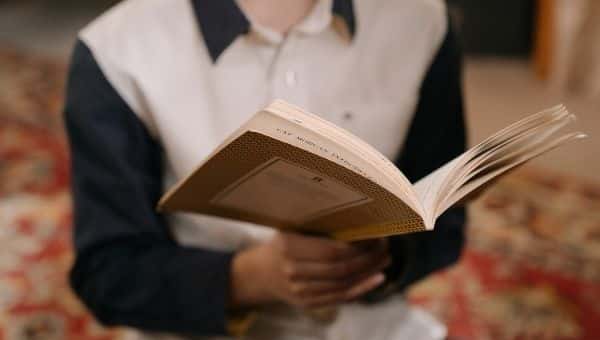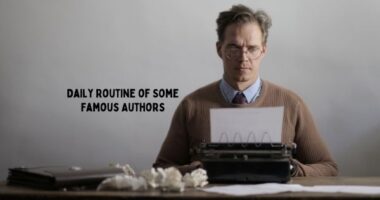Just like every tough task, the tough part of writing a novel is creating the base, the story structure to plot your narrative. The most essential thing for a writer is to master the story structure. In this article, we are going to read about how a story is structured to make it something new and not predictable. These are the narrative structures all writers should know and in this article, we are going to explain why it is essential.
So, what is narrative structure?
A narrative structure or a story structure is the arrangement in which constituents of a narrative are offered to the readers. The element is composed of two things: first, the plot which is the chain of events that happens in the story, and the story elements which are the fundamental issues that drive the action in the narrative such as the setting, conflicts, protagonists, and more. By blending the plot and its story elements the writer can draw an association between the thing that happens and what matters. As the plot of two brothers robbing a bank can become a model of the failed American Dream. The basic motive of the plot is to let the readers what is happening and the story elements allows the readers to comprehend the reason behind the plot and what it all means.

How a basic story is structured or formed?
When someone is discussing a story structure, they are talking about the framework to analyse the story. It is once you blend them all, every story has a certain shared element.
- The status quo is usually the beginning of the story where the protagonist is leading an ordinary life with several desires.
- A provoking event, this is the part of the story where we get to see the protagonist in action and the story gets interesting.
- Rising action is the moment when the protagonist is being tested on the way to the desired goal.
- And all-is-lost-moment is the section of the story where the hero believes they have failed.
- At the end resolution, this is the ending of the plot which varies for a different story, either the protagonist achieves their goal by crossing all hurdles, they fail to achieve it, or they realize they have something else to do which is more significant.

7 Narrative structures all writers should know
- Freytag’s Pyramid – This structure is named after a 19th-century playwright and novelist. It is a five-point structure based on classical Greek tragedies of Euripedes, Sophocles, and Aeschylus. The five structures are – Introduction, rising action, climax, return, or fall, and catastrophe. This method is less often used in modern storytelling.
- The Hero’s Journey – This story structure was inspired by Joseph Campbell’s idea of monomyth, it is the storytelling prototype that persists in mythology all over the world. Campbell’s The Hero with a Thousand Faces inspired Star Wars. Christopher Vogler however has created a 12 step process to simplify The Hero’s Journey.
- Three Act Structure – This method represents The Hero’s Journey but with less exciting labels. It follows the adage that every story has a beginning, middle, and end. The structure goes this way Act 1 (setup) – exposition, inciting incident, and plot point one [the protagonist decides to take challenge]; Act 2 (confrontation) – rising action, midpoint, and plot point two [protagonist is being tested]; Act 3 (resolution) – pre-climax, climax, and denouement.
- Dan Harmon’s Story Circle – This method helps to concentrate on the protagonist’s character arc. The structure is like, a comfort zone, but they desire something, they enter an unfamiliar situation, adapt to the situation, get what they were looking for, cost a high amount, then return to a familiar situation, and have changed.
- Fichtean Curve – This curve lets our protagonist go through a lot of obstacles to achieve the overachieving desire. The structure is like Rising action (inciting incident, first crisis, second crisis, third crisis, and fourth crisis), climax, and falling action. One of the finest examples is the story of Everything I Never Told You by Celeste Ng.
- Save the Cat Beat Sheet – This structure is formed by screenwriter Blake Snyder, who has been widely championed by storytellers across several media forms. The number in the brackets represents the page that the beat should take place such as – opening image (1), set-up (1-10), theme stated (5), catalyst (12), debate (12-25), break into two (25), B story, which is a subplot (30), the promise of the premise (30-55), midpoint (55), all is lost (75), the night of the soul (75-85 ish), break into three (85), and finale (85-110).
- Seven–point Story Structure – This structure primarily focuses on the highs and lows of a narrative arc. The structure goes like this – the hook, plot point 1, pinch point 1, midpoint, pinch point 2, plot point 2, and resolution.
Also Read: Daily Routine of Some Famous Writers



